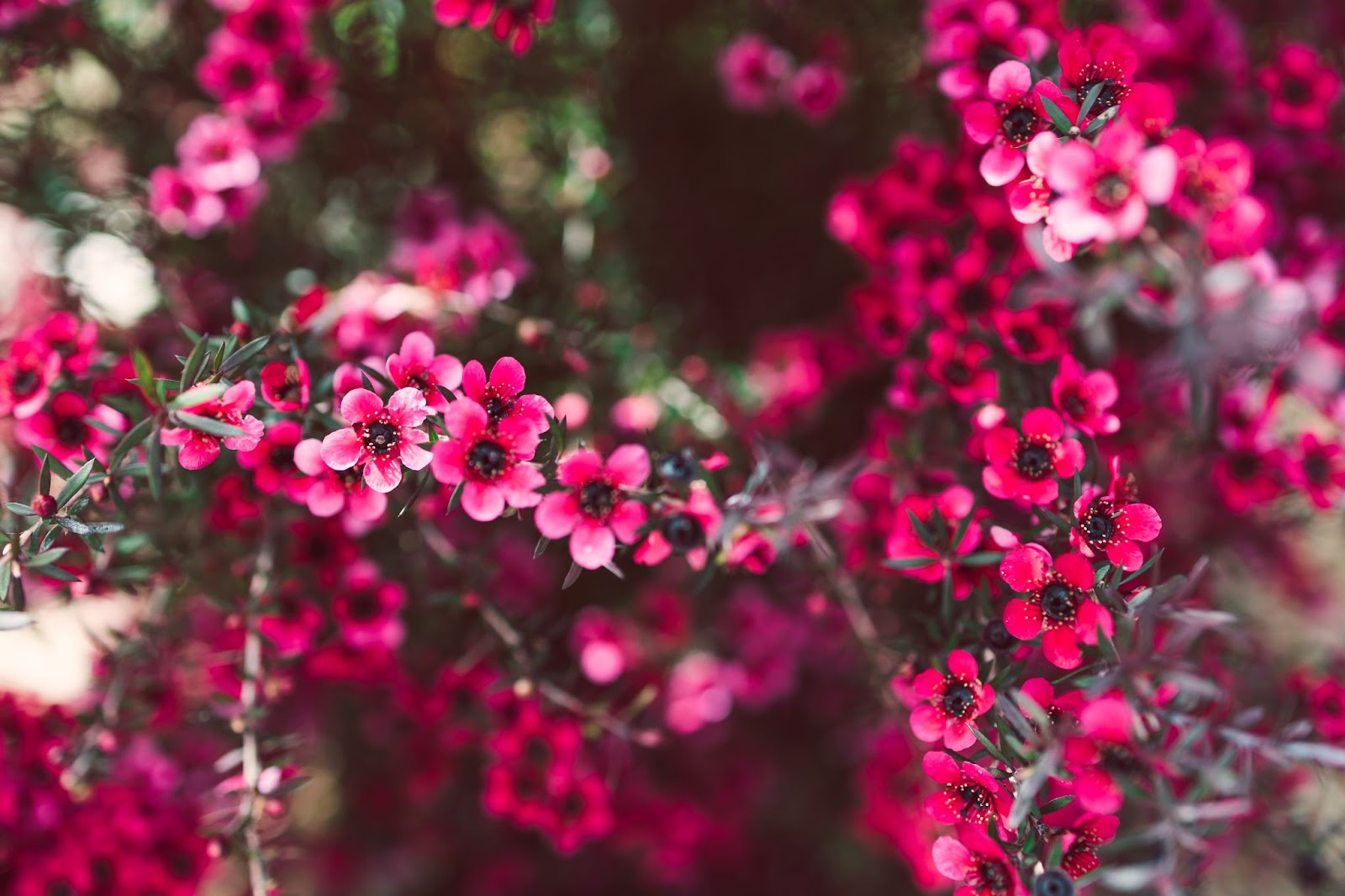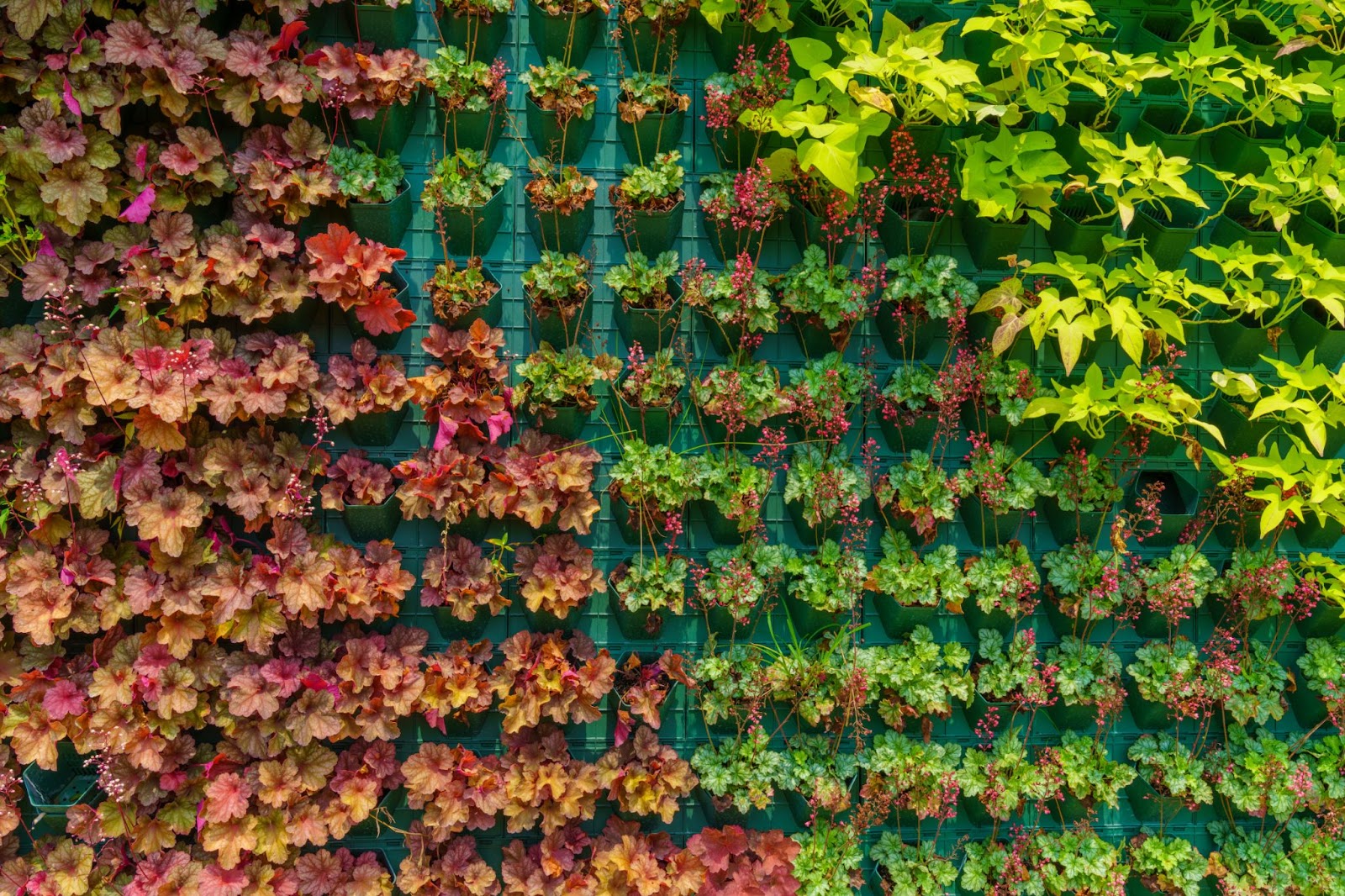The Beauty of Nature: How to Incorporate Native Plants in Garden Landscaping

We often think of our garden landscaping from a sheer visual perspective, planting stunning flowers, vibrant shrubbery, or exotic arrangements that provide scenic surroundings for our outdoor living spaces.
But perhaps even more often, we tend to overlook how functionality, history, and sustainability can play an integral role in our softscaping arrangements while still maintaining a sense of integrity and beauty in our landscaping.
Incorporating native plants into your garden landscaping is not only a visually appealing choice but also an eco-conscious one. Native plants are those that naturally occur in a specific region, and they offer numerous benefits to your garden and the environment – not to mention will provide any backyard with completely unique and distinctive surroundings.
From supporting local wildlife to reducing water consumption and maintenance needs, native plants are a valuable addition to any landscape design.
Let’s explore a few practical tips and landscaping design ideas to help you successfully incorporate native plants into your garden landscaping!
Research Native Plant Species
The first step toward implementing more native plants into your garden landscaping is by researching native plant species that are well-suited to your region's climate, soil conditions, and sunlight availability.
You’ll want to consider factors such as plant height, blooming seasons, and maintenance requirements to ensure the best fit for your garden.
For example, in a coastal area, you might choose native beach grasses, coastal sage, or flowering yuccas, which are adapted to sandy soils and salt spray. In a woodland setting, native ferns, wildflowers, and shade-loving plants like hostas can create a natural and harmonious ambiance.
You can even contact local horticulturists in your area or nearby campuses who can steer you in the right direction for native plants.

Create Native Plant Zones
An easy way to incorporate more native plants into your garden landscaping is to designate specific areas or zones in your garden for native plants, grouped according to their environmental preferences. This helps create visually appealing clusters while mimicking natural ecosystems.
For instance, plant shade-loving natives under the canopy of mature trees, while sun-loving species can thrive in open areas.
By creating these distinct zones, you create microhabitats that cater to the needs of different plant species and attract diverse, beneficial wildlife.
Embrace Seasonal Interest
It’s important to choose a mix of native plants that offer visual and aesthetic interest throughout the year. Try to select species with varying bloom times, foliage colors, and seed heads to ensure your garden remains vibrant and attractive in every season.
For example, combine spring-blooming native wildflowers like lupines and columbines with summer-blooming species such as coneflowers and goldenrods.
You can also try incorporating shrubs or trees with colorful fall foliage, like dogwoods or maples, and consider adding evergreen plants that look great all winter.

Practice Water-Wise Gardening
Native plants are typically adapted to local rainfall patterns, reducing the need for excessive watering and allowing you to commit to more eco-friendly gardening practices.
You can design your garden landscaping to capture rainwater and choose drought-tolerant native species to minimize water consumption. Try to use rain barrels or implement a rain garden to collect and utilize rainwater for irrigation.
Select native grasses, sedges, and flowering plants with low water requirements, such as prairie dropseed or penstemon, to create a sustainable and water-wise garden.
Mulch & Maintain
Another way to preserve native plants is to apply a layer of organic mulch around them to conserve moisture, suppress weeds, and enrich the soil.
Regularly maintain your garden by removing invasive species, monitoring for pests, and providing necessary care to ensure the health and longevity of your native plants.
A useful tip for native plant maintenance is to use shredded bark, wood chips, or leaf compost as mulch, keeping it a few inches away from plant stems to prevent rot.
You’ll also want to regularly inspect plants for signs of pests or diseases and take appropriate action to maintain a thriving ecosystem.
Incorporate Edible Native Plants
Why not take your native plant landscaping to the next level by incorporating edible species? Edible native plants not only add aesthetic value to your garden but also provide practical benefits by offering fresh produce right in your backyard.
Consider planting native fruits like blueberries, strawberries, or raspberries, which thrive in many regions and attract pollinators to your garden.
You can also grow native herbs like mint, sage, or lavender, adding flavor to your meals while supporting local biodiversity.
Build Habitat Features
Enhance the ecological value of your garden by incorporating habitat features that attract and support native wildlife.
Consider adding bird feeders, bird baths, or nesting boxes to provide food, water, and shelter for birds, butterflies, and other beneficial creatures.
You can also create wildlife-friendly features like brush piles, rock piles, or log stacks to create habitats for amphibians, reptiles, and small mammals.
By designing your garden with wildlife in mind, you'll create a thriving ecosystem that benefits both plants and animals.
Implement Vertical Gardening
Expand your garden space and add visual interest by incorporating vertical gardening techniques with native plants.
Vertical gardens utilize vertical surfaces like walls, fences, or trellises to maximize growing space and create lush greenery in small areas.
Try planting native vines like Virginia creeper, trumpet vine, or clematis to climb and cover vertical structures, adding texture and color to your garden.
You can also use hanging baskets or living walls to showcase a variety of native plant species while conserving ground space.

Experiment with Native Ground Covers
Replace traditional turf grass with native ground covers to create low-maintenance and eco-friendly landscaping alternatives.
Native ground covers help prevent soil erosion, suppress weeds, and provide habitat for beneficial insects.
Explore options like creeping thyme, wild strawberries, or native sedges, which form dense mats of foliage and colorful blooms, adding beauty and biodiversity to your garden.
Native ground covers require less water, fertilizer, and maintenance than traditional lawns, making them a sustainable choice for modern landscapes.
Gardening Landscaping Designs Enhance Your Home’s Beauty
At MH3 Design Group, our team of expert landscape designers can provide you with stunning gardening and landscaping designs that will instantly enhance the beauty and integrity of your outdoor living space.
If you’re looking for new ways to make your landscaping stand out, contact us today to get started on your custom landscaping design!